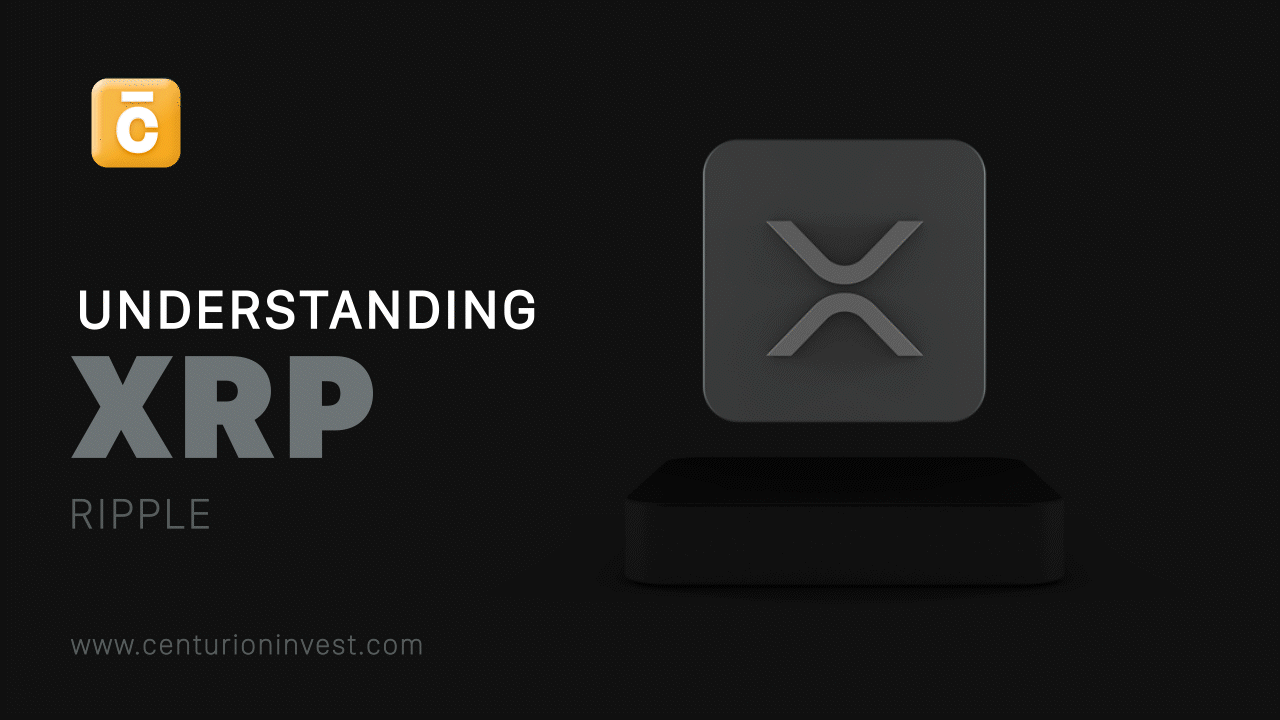Understanding XRP (Ripple)
A Disruptive Force in the World of Cryptocurrencies

XRP, also known as Ripple, is a leading cryptocurrency that has gained significant popularity in the world of digital assets. Unlike many other cryptocurrencies, XRP is not designed for peer-to-peer transactions. Instead, it serves a unique purpose as a bridge currency for facilitating fast and cost-efficient cross-border payments and remittances. In this article, we’ll delve into the fundamentals of XRP, explore its underlying technology, and understand why it has emerged as a disruptive force in the financial industry.
What is XRP?
XRP is the native digital asset of the XRP Ledger (XRPL), a decentralized blockchain technology developed by Ripple Labs Inc. It was created to address the inefficiencies and delays in traditional financial systems, such as SWIFT, which often take several days to settle cross-border transactions. XRP aims to provide a more streamlined and frictionless experience for global payments, making it an attractive solution for financial institutions, payment providers, and corporations.
Key Features of XRP:
- Fast Transactions: XRP transactions settle within seconds, offering a significant improvement over traditional banking systems, which can take days to process cross-border payments.
- Low Transaction Fees: XRP transactions typically have lower fees compared to traditional payment methods, making it cost-effective for international money transfers.
- Scalability: XRP’s underlying technology allows for high scalability, enabling the processing of a high number of transactions per second.
- Consensus Algorithm: The XRP Ledger uses a unique consensus algorithm called XRP Ledger Consensus Protocol, which ensures secure and rapid transaction validation.
RippleNet: The Backbone of XRP’s Power:
At the heart of XRP’s capabilities lies RippleNet, a payment network designed by Ripple Labs to connect financial institutions, payment providers, and corporations. RippleNet enables real-time settlement of cross-border transactions, removing the need for pre-funded accounts and reducing liquidity costs. This has garnered significant interest from banks and financial institutions looking to streamline their international payment processes.
XRP Use Cases:
- Cross-Border Payments: XRP’s primary use case is facilitating cross-border payments and remittances. Its fast and cost-effective nature makes it an attractive option for financial institutions seeking to enhance their global payment infrastructure.
- Remittances: XRP enables individuals to send money across borders quickly and at a potentially lower cost compared to traditional remittance services.
- Central Bank Digital Currencies (CBDCs): Ripple is actively working with multiple countries to develop Central Bank Digital Currencies (CBDCs) using its XRP Ledger technology. CBDCs offer stability, security, and resilience for modern financial systems.
Conclusion:
XRP (Ripple) has proven to be a game-changer in the world of cryptocurrencies, revolutionizing cross-border payments and remittances with its fast and cost-effective solutions. Its underlying technology and RippleNet’s global payment network have garnered significant attention from financial institutions and corporations worldwide.
Do Your Own Research:
As with any investment, it is essential to conduct thorough research and seek advice from financial professionals before engaging in cryptocurrency trading. The crypto market is known for its volatility, and it is crucial to understand the risks involved.
Remember, knowledge is the key to success in the cryptocurrency space. Stay informed, stay vigilant, and embrace the potential of XRP as it continues to shape the future of global finance.
The Centurion Invest Team.
Connect with Us
https://linktr.ee/centurion_invest